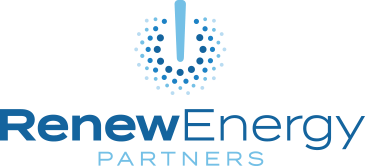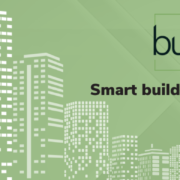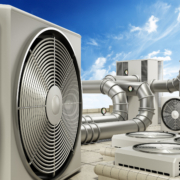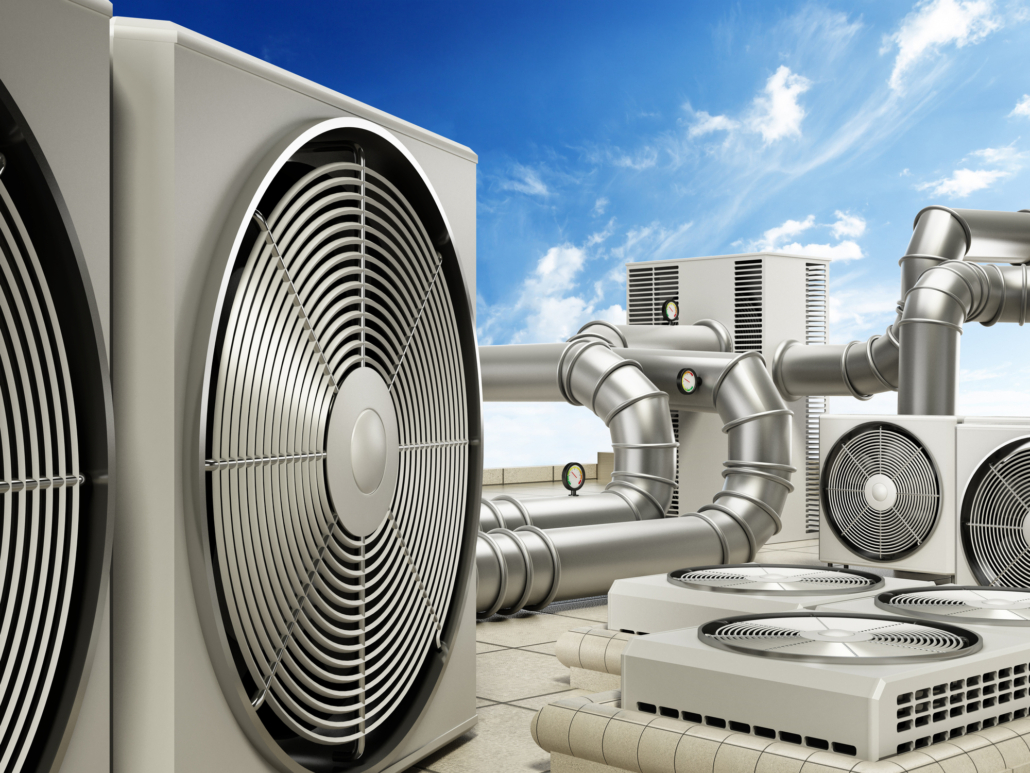Renew Energy Partners and Buildings IOT Partner to Expedite Building Decarbonization Through a Tech-enabled, Fully Funded Solution

BOSTON, July 18, 2023 /PRNewswire/ — Renew Energy Partners (RENEW) and Buildings IOT announced today a partnership to expedite the decarbonization of buildings and the deployment of property technology, analytics, and controls in the built environment. Buildings IOT’s intelligent building management platform, onPoint, will enhance and expedite RENEW’s mission to decarbonize the built environment. Through this partnership, onPoint will be delivered as a service to property owners and all RENEW customers.
RENEW, a leading decarbonization firm, supports commercial and industrial customers in their building upgrades and retrofits by funding, installing, and managing new energy-efficient systems and on-site clean energy projects.
Buildings IOT, a full-service smart building and building automation provider, has developed the leading property technology for commercial buildings. The independent platform can work with any source of data and can deliver energy analytics, fault detection, two-way command and control and building automation.
“Building owners and operators recognize the need to digitize their assets for assessment, monitoring, control, and automation; the dilemma they face is how to pay for valuable software and system upgrades in a real estate finance paradigm that hasn’t budgeted for these capital costs,” said Brian Turner, CEO of Buildings IOT. “The Buildings IOT–RENEW Partnership solves that challenge and unlocks so much potential for any building owner. We’re beyond excited to have found a partner that shares our mission to reduce the impact of the built environment.”
This partnership powerfully aligns RENEW and Buildings IOT to meet customer goals because both firms are technology and vendor agnostic. The partnership is poised to deliver the best solution to a portfolio owner and work with any existing property tech systems. RENEW funds, owns, and operates any commercial decarbonization technology for their customers, just as Building IOT’s platform can work with any source of property tech data. Together, the combined offering delivers valuable and actionable data, at no upfront costs and immediate savings to our customers.
“RENEW believes that this partnership will be transformational for the decarbonization industry, and we are excited to see the future of this relationship, the value we can create for our customers and most importantly the carbon we will reduce from the built environment,” said Charlie Lord, Principal and Co-founder of RENEW.
The long-term vision behind this partnership is to speed decarbonization efforts by delivering faster access to data. This will lead to opportunities for RENEW to deliver Energy Service Agreements (ESAs) that will improve the built environment and reduce their customers’ carbon footprint.
About Renew Energy Partners
Renew Energy Partners is a decarbonization firm that provides turnkey solutions for funding, installing, and managing energy efficiency and on-site clean energy projects by using future savings to fund upgrades and retrofits. The company helps building owners meet regulatory and consumer demands to reduce their carbon footprint while saving money and making their buildings cleaner and more resilient. For more information, visit www.renewep.com.
About Buildings IOT
We are building systems experts. We’re changing the way the built environment understands, reacts, and adapts through technology. Our software and services increase the longevity of building assets, improve the comfort of building occupants and help building owners achieve greater efficiency across North America, Europe, and APAC. We develop and deploy cloud-based building analytics software, we implement complex Integrated Building Management Systems, we design and install controls systems, we maintain building assets and we provide IT managed services.
SOURCE: PR Newswire
The RENEW Energy Service Agreement allows businesses to focus on what they do best, while ensuring that their facilities are performing at their peak with brand new, and high-efficiency equipment. In this current climate of cost control and resource allocation, the energy service agreement is the perfect solution to help businesses meet sustainability goals and keep facilities in top condition. Reach out to RENEW and talk to us about financing your energy saving retrofits today.




